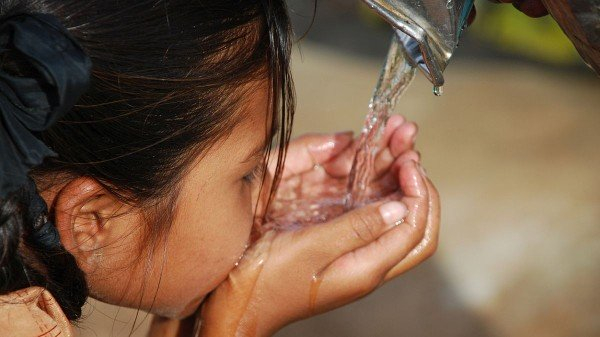New Delhi: Official data shows that there has been fourfold increase, over the past two years, in the rate at which functional piped water is being provided to households in India’s 117 so-called aspirational districts, home to some of the poorest Indians, overtaking the pace at which piped water is bring provided nationally under the flagship Jal Jeevan Mission.
Over a third of all households in so-called aspirational and Japanese-encephalitis-endemic districts of the country now have piped water under the Jal Jeevan Mission.
According to Niti Aayog’s classification, aspirational districts are those with socio-economic indicators lower than the national average. They also lag in infrastructure development.
About 11.2 million or 38% of all households in regions of the country deemed Japanese-encephalitis endemic have access to clean piped water critical to improving health outcomes, up from about 2.9% in 2019, an official said, requesting anonymity.
Under the flagship water mission, another 11.8 million households, or 35% of the total, have been provided with tap water connections in the aspirational districts, up from 7.9% in 2019, the latest data shows.
The Jal Jeevan Mission-Har Ghar Jal scheme aims to provide every rural household with a functional tap water connection by 2024. Over 120 million households in India lack access to clean water near their homes, the highest in the world, according to a UN Water report of 2014.
India has 189 million rural households, according to Census data. Across India, slightly over 80 million or 42.5% of total rural households have been covered under the piped drinking water mission so far, official data shows.
The country has had several public programmes to bring clean water to rural residences, such as the National Drinking Water Mission launched in 1986, but the goal of providing piped drinking water to every household entered a “mission mode” with the Har Ghar Jal programme (water for every home) under the Jal Jeevan Mission.
Poor-quality water causes diseases such as diarrhoea, the third leading cause of childhood mortality in India, according to researchers Subitha Lakshminarayanan and Ramakrishnan Jayalakshmy, who work at Puduchery’s Jawaharlal Institute of Postgraduate Medical Education and Research and Indira Gandhi Medical College, respectively.
The Gajendra Shekhawat-led Union Jal Shakti ministry oversees the implementation of the rural household water mission.
“As per the very design of the scheme, aspirational districts have a priority when comes to laying water infrastructure. Similarly priority is also accorded to areas with Scheduled Castes and Scheduled Tribes population. This has led to a faster rate of implementation in priority areas,” an official with said, requesting he not be named.
The Union budget allotted ₹10,001 crore in 2019-20 for the national rural drinking water mission. In 2020-21, ₹11,500 crore was provided. The Union budget 2021-22 allotted ₹50,000 crore for the mission.
Experts say a key challenge is to maintain sustainability of water supply sources. In previous attempts to provide drinking water supply, villages connected with water sources fell back to “no-water” status after a few years due to non-availability of water.
Maintaining sustainability will require work on different aspects altogether. These include groundwater recharge, water conservation and, critically, cutting down the overuse of water in agriculture, which hogs 90% of available supply, mainly because farming isn’t efficient.
“Agriculture’s demand for water is disproportionately huge. One of the reasons is free electricity and lot of incentives for crops such as paddy. India has to bring down its farm-water use to optimal levels for greater sustainability of groundwater,” said Alok Nath, a former water specialist at the Indian Council for Agricultural Research.
Source: HT
You may also like
-
Navigating India’s Skill Landscape
-
Trade Connect E-platform For Exports Is Single Window, Fast, Accessible And Transformational: Shri Piyush Goyal
-
India-us Working Together In Areas Like Critical Minerals, Supply Chains And Advanced Technologies: Shri Piyush Goyal
-
Cabinet Approves Health Coverage to All Senior Citizens of the Age 70 Years and Above Irrespective of Income
-
Cabinet Approves PM Electric Drive Revolution in Innovative Vehicle Enhancement (PM E-DRIVE) Scheme With An Outlay of ₹.10,900 Crore
